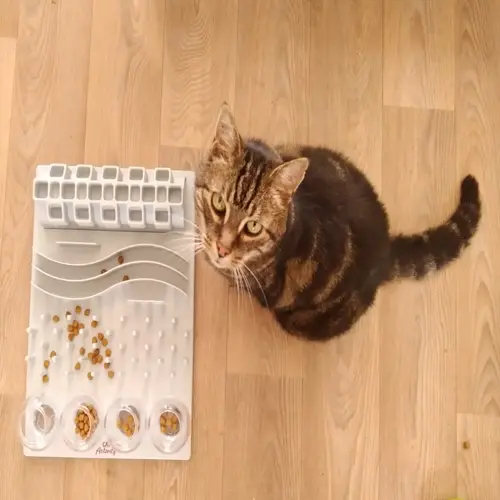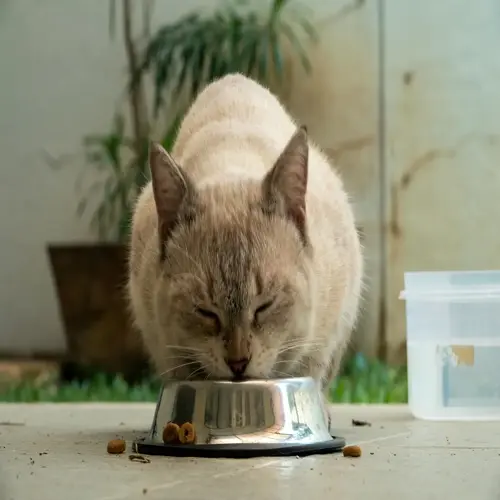What safe space elements reduce hiding?

Written by
Robert Brown
Reviewed by
Prof. David Walsh, Ph.D.You want to try to get this hiding behavior of your cat under control in a productive manner. Strategic safe space design addresses feline security needs at their root. Cats require a specific set of environmental features to feel safe and secure. I have designed hundreds of these spaces in my practice. The right materials will make hiding from a chronic stress response an occasional retreat.
Structural Security
- Enclosed beds with single low-light entry points
- Multi-level perches allowing vertical observation
- Cardboard boxes with two exit routes minimum
Sensory Comfort
- Owner-scented bedding refreshed every 3 days
- Pheromone diffusers within 3 feet of the space
- Sound-absorbing materials like thick blankets
Strategic Placement
- Quiet corners away from foot traffic patterns
- Elevated locations avoiding direct eye level
- Proximity to resources without crowding
Carefully position supplies around safe spots and place water bowls 2 feet from the beds. Provide litter boxes in separate quiet zones. Scratching posts should be nearby. This layout threatens no conflicts between needs. Your cat moves confidently between activities.
New elements are introduced gradually. Superior sleeping areas should be placed in proximity to already loved areas. They can be moved in increments of inches each day until placed in ideal situations. Scented articles should be added before enclosure articles. This allows for gradual change adapted to the sensitive nature of some cats. They are more compliant with change.
Prioritize those spaces. Refresh the bedding scents weekly. Clean the perches without using harmful chemicals. Make sure exits are clear. Consistent maintenance keeps security associations present. Your cat has trusted these spaces for an extended time.
Read the full article: Cat Hiding Behavior Explained: Causes and Solutions

